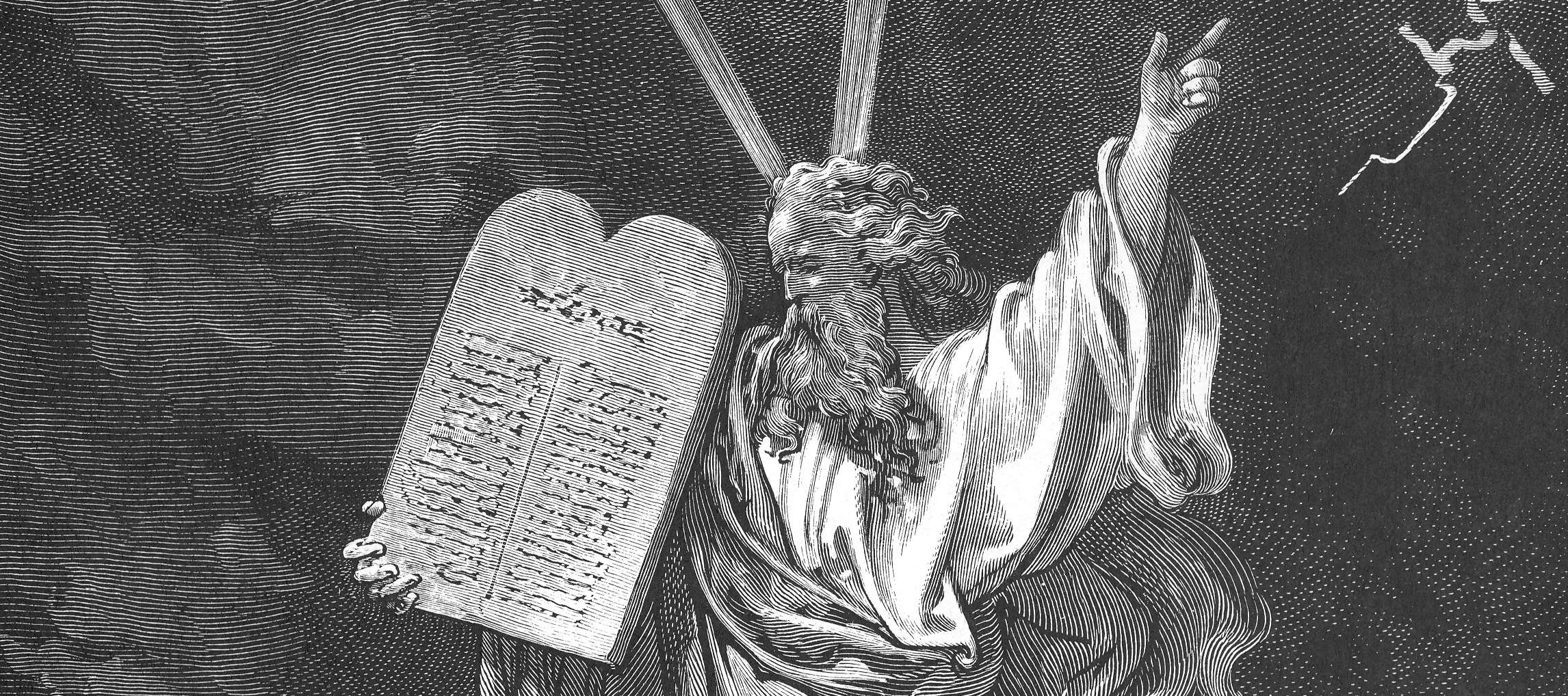An Eye for an Eye
So, what was written on the tablets? Commonly this has been taken to refer to the ten commandments, though actually the description given in Gensis 24:12 is “the law and commandments I have written for their instruction”, sometimes referred to as “the covenant law”.
The fuller articulation of the covenant between God and Israel would go on to encompass the rest of Exodus, most of Leviticus and almost all of Deuteronomy. Essentially, the parts most people skip over to get to Joshua’s conquest of Canaan.
Which is a pity, because for the authors, the covenant law represented the climax of the history told up to that point, and would in many ways come to define the emerging nation of Israel. King David would later write of it:
Blessed is the one … whose delight is in the law of the Lord,
and who meditates on his law day and night. (Psalm 1:1-2)
The law describes God’s rules for His community, living under His rule, in a land provided by Him. Like all law, it necessarily goes into detail, since law enforcement needs detail. Because God is merciful, much of the law deals with sacrifices that should be made to atone for the ethical laws that the Israelites would inevitably break.
But some principles clearly emerge on a closer read. A concern for the poor and vulnerable. A demand for fairness and justice. Justice over vengeance. An expectation of racial harmony.
Perhaps the most famous command is to take “an eye for an eye” (the context in which this is given seems particularly relevant at the moment):
If people are fighting and hit a pregnant woman and she gives birth prematurely[e] but there is no serious injury, the offender must be fined whatever the woman’s husband demands and the court allows. But if there is serious injury, you are to take life for life, eye for eye, tooth for tooth, hand for hand, foot for foot, burn for burn, wound for wound, bruise for bruise. (Ex 21:21-25)
The sacrificial system also gives us the word “scapegoat”, the sacrifice that would take all of the people’s sins upon itself and be cast out of the community
When Aaron has finished making atonement for the Most Holy Place, the tent of meeting and the altar, he shall bring forward the live goat. He is to lay both hands on the head of the live goat and confess over it all the wickedness and rebellion of the Israelites–all their sins–and put them on the goat’s head. He shall send the goat away into the wilderness in the care of someone appointed for the task. The goat will carry on itself all their sins to a remote place; and the man shall release it in the wilderness. (Lev 16:20-22)
Ultimately, Jesus would be driven outside the walls of Jerusalem, to Golgotha, the “place of the skull” (Matt 27:33). The writer of Hebrews would go on to explain how Jesus became our scapegoat:
First [Jesus] said, “Sacrifices and offerings, burnt offerings and sin offerings you did not desire, nor were you pleased with them”—though they were offered in accordance with the law. Then he said, “Here I am, I have come to do your will.” He sets aside the first to establish the second. And by that will, we have been made holy through the sacrifice of the body of Jesus Christ once for all. (Heb 10:8)
